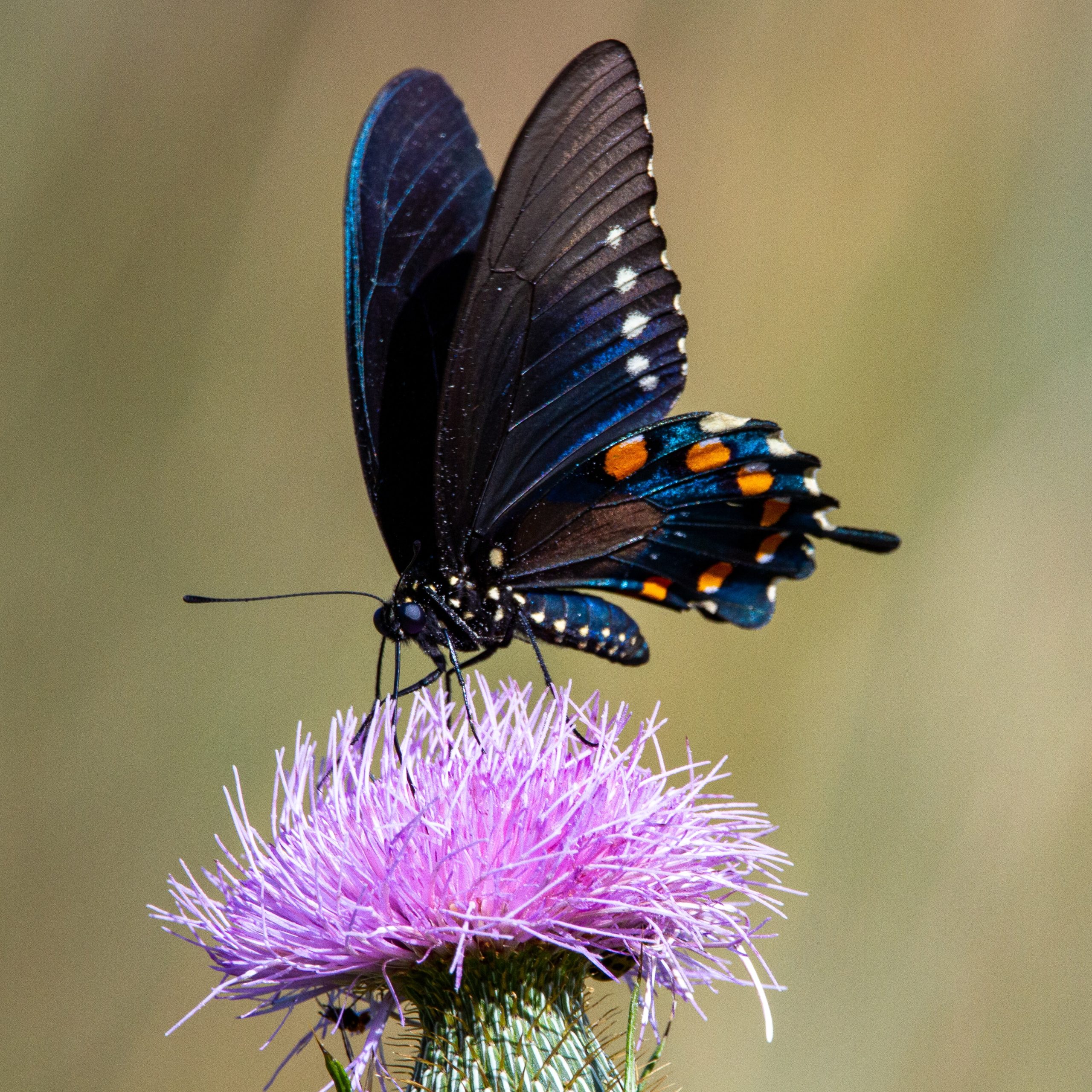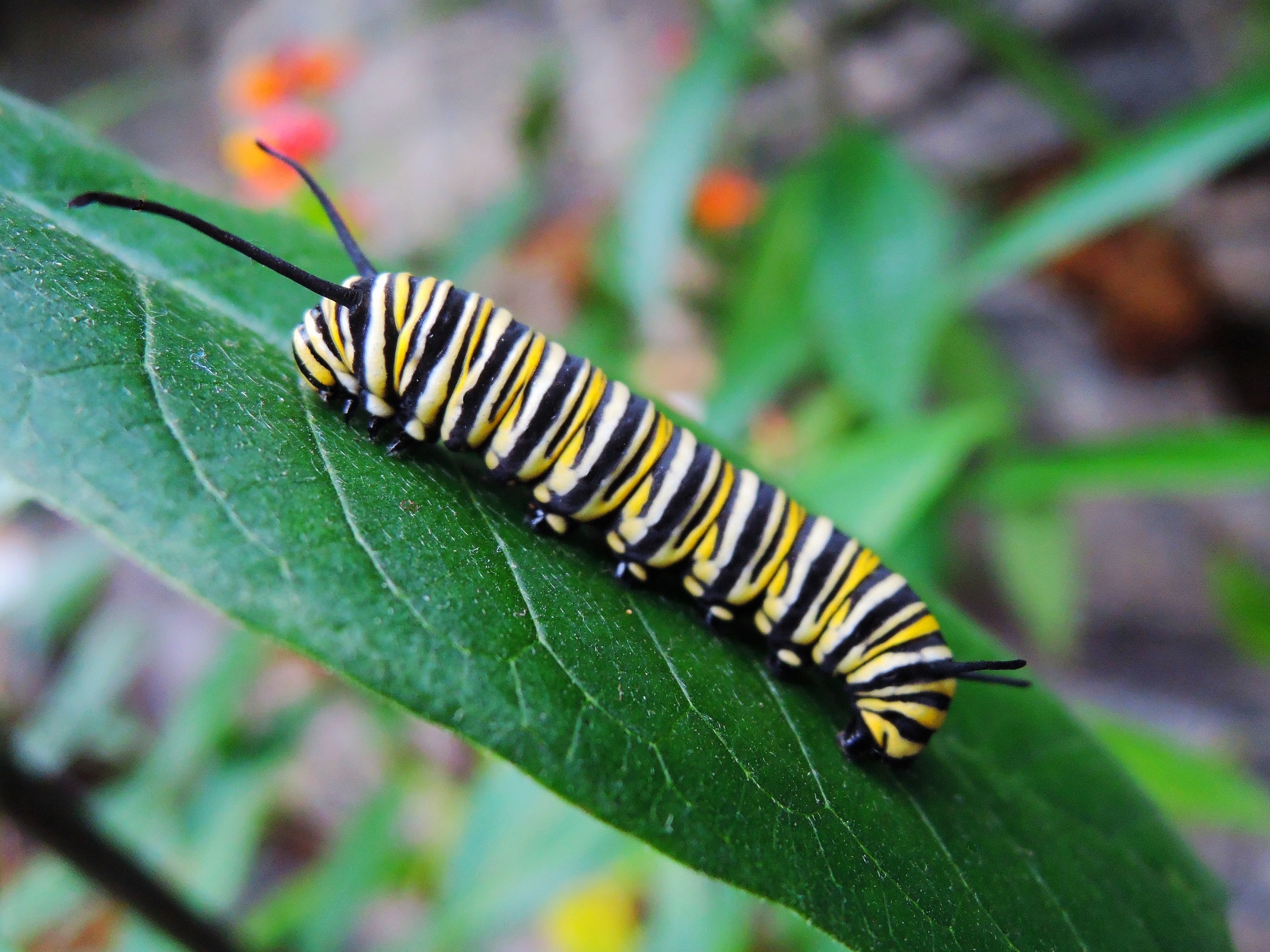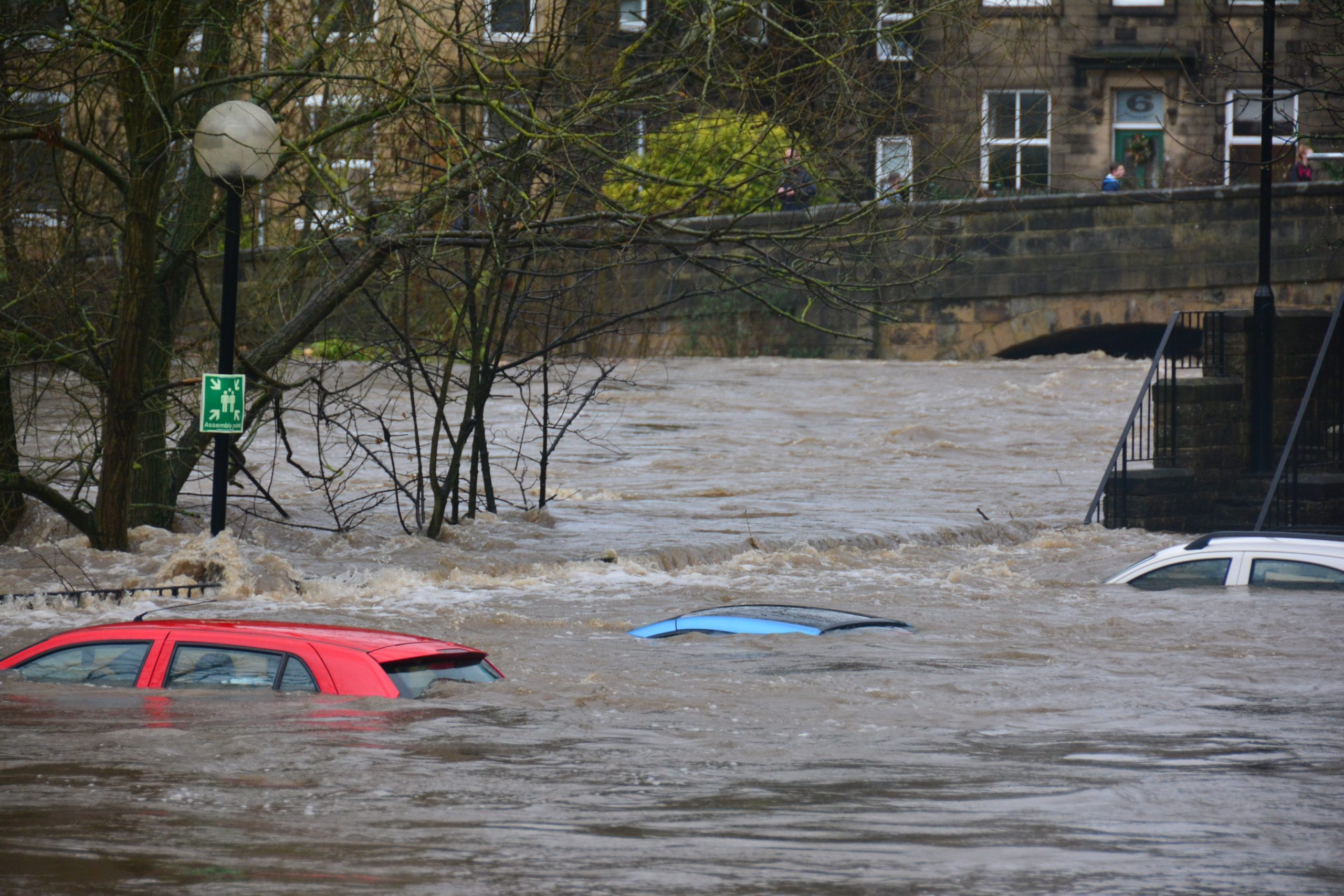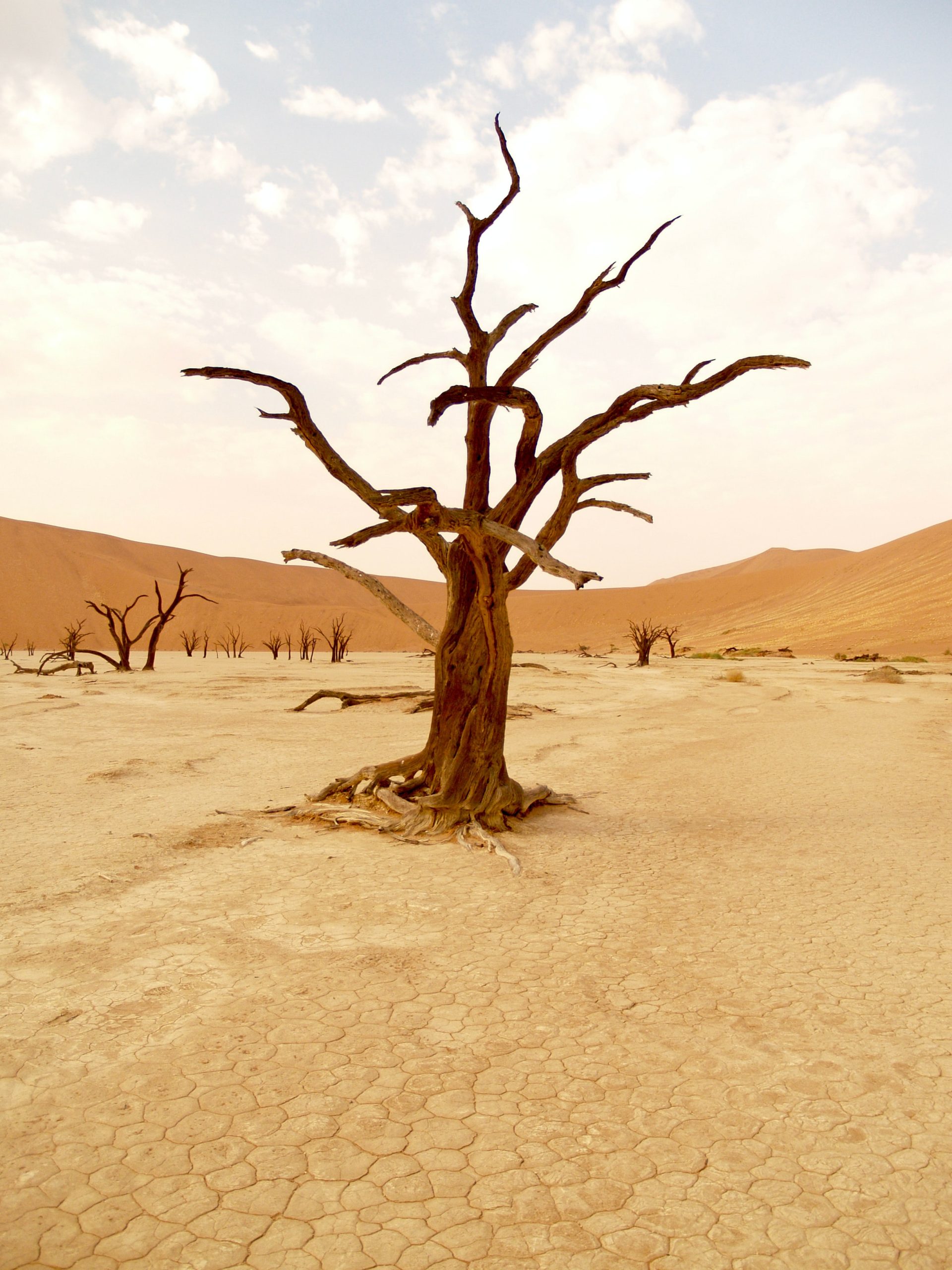
How is climate crisis affecting native plants? The news is not good, according to research conducted by universities, the US government, and the National Wildlife Federation.
Everything is connected in the web of life. Birds and insects need nectar, pollen and leaves to eat and raise young. Bird and insect survival depends on the bloom time and leaf growth of plant life cycles.


Longer growing seasons result in earlier leaf production and varying bloom times, which causes a problem for birds and insects synchronized to the life cycles of native plants. You may have noticed this phenomenon in your own garden. In my garden, plants are blooming earlier and later than usual, while some are not growing normally.
Even plants depend on a normal lifecycle. When a plant flowers determines whether it will be pollinated by bees or other insects, and how much time it will have to produce seeds for future generations. Unfortunately, climate crisis is negatively affecting these cycles.
University of Maryland research shows higher temperatures cause native plants to experience more heat-related stress. Heat stress causes higher water demand at a time when we are experiencing longer droughts.
A UCLA research study found that non-native plants are migrating faster than natives in response to climate crisis. This change in plant location can alter and damage ecosystems. Research also showed significantly less movement by native plants in California, indicating that native plants may have the hardest time adapting to the challenges of climate change. There is concern that California’s ecosystems are unraveling.
Climate crisis allows invasive species to thrive and take over landscapes, choking out native plants. You may have noticed an increase in invasive plants in your yard. I sure have.
Climate crisis is affecting temperature, water and nutrients, all of which are critical to plant growth. Rising temperatures are causing longer and warmer growing seasons, resulting in a need for more water at a time when we are experiencing droughts. Soil is becoming deficient in nutrients, especially nitrogen.


Climate crisis is causing more frequent and severe weather events, including extreme precipitation, high winds, heat waves, and drought. Extreme precipitation events disturb plant growth and make plants more vulnerable to flooding and soil erosion.
Why should we care?
At a time when people are becoming aware of the importance of native plants and the birds and insects they support, climate crisis is threatening to undo our efforts.
Just as we need the services insects provide for life on Earth, we also need plants. Everything we eat consists of plants or animals that depend on plants somewhere along the food chain.
Plants are absolutely essential for intact ecosystems. Remember, ecosystems regulate climate. Plants also do us a favor by absorbing about 30 percent of all the carbon dioxide emitted by humans each year.
What you can do
Gardeners are both stewards and guardians of our environment. We can make a difference in mitigating climate crisis in our own backyards, in our communities, and across our country.
- Reduce your energy consumption to reduce your contribution to climate crisis.
- Use outdoor light bulbs with high-efficiency warm LED bulbs. Install outdoor automatic light timers, or use solar-powered light.
- Reduce the amount of lawn that needs maintenance. Using a gas-powered mower for an hour pollutes 10 to 12 times more than the average car.
- Avoid using gas-powered lawn mowers and leaf blowers. Use push mowers, hand clippers, battery operated leaf blowers, and rakes.
- Add native plants to your garden. Native plants are vital for pollinators and ensure food sources for wildlife.
- Remove invasive plants. Invasive plants outcompete native plants for habitat and food.
- Use less water. Install a rain barrel, use drip irrigation, apply mulch. Mulching also provides nutrients to the soil.
- Compost kitchen and garden waste. Composting reduces your contribution to greenhouse gases–especially methane, which is highly potent. Composting also provides an excellent source of nutrients for your garden, so you won’t need chemical fertilizers.
- Plant native trees to absorb carbon dioxide. Shade trees planted near your home will reduce energy used for cooling in the summer.
- Certify your property or neighborhood as a Certified Wildlife Habitat™ with the National Wildlife Federation. By certifying your property and encouraging your neighbors to do the same, you can turn your neighborhood into a Community Wildlife Habitat to help reconnect fragmented habitats. Connected habitats provide ways for wildlife to better cope with the impacts of climate change.
- Contact your elected officials at local, state, and federal levels and urge them to implement a strong plan of action to combat climate crisis.
- Ask your members of Congress to advocate for protecting our gardens from the impacts of carbon pollution.
- Print this flyer and share it.

Leave a Reply